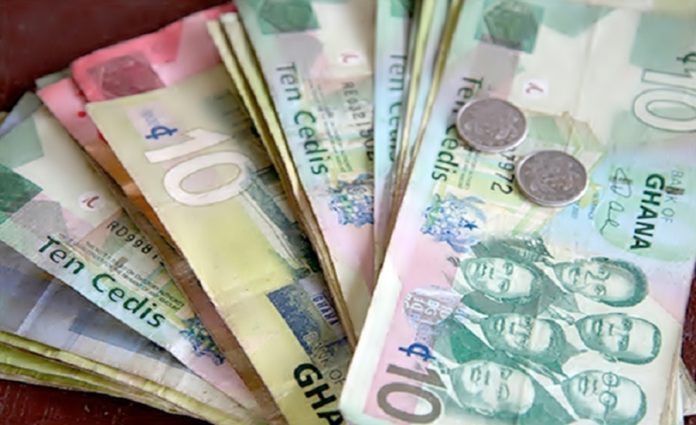
The cedi has depreciated by 11 percent between January 2018 and the same period this year [2019].
The local currency is now trading at 4 cedis 91 pesewas to a dollar on the interbank foreign exchange market.
This is also remarkable as some currency analysts have predicted that the cedi could hit 5 cedis to a dollar soon, if economic managers do not bring some factors that favour depreciation under control.
The local currency had been relatively stable for at least the last three months of 2018.
Though demand for dollars by importers increased during that period, the relative complementary supply of the currency stabilized the situation to some extent.
In 2018, the cedi ended the year trading at 4 cedis 82 pesewas to a dollar.
But checks by Citi Business News on the interbank foreign exchange market show that the local currency has started its losing streak against the dollar.
Between January 3 to January 17, 2019, the currency has depreciated by 1.65%.
This compares to a year on year depreciation of 11%.
Businesses’ demand for the dollar for payments for goods imported during the yuletide, had minimal impact on the cedi for the few weeks of this year as there were relative stability.
But it is unclear what is accounting for the recent slide.
The Ghana COCOBOD’s receipt of the second tranche of the syndicated loan of about 600 million dollars should help normalize the situation in the interim.
For this year however, the cedi has recorded the highest depreciation against the British Pound.
It has depreciated by 4.45%.
This is partly due to the impact of the Brexit on the international currency market where the British Pound is making gains against the dollar.
The cedi has depreciated from 6 cedis 7 pesewas at the beginning of the year to 6 cedis 34 pesewas as at Thursday, January 17, 2019.
citibusiness
























